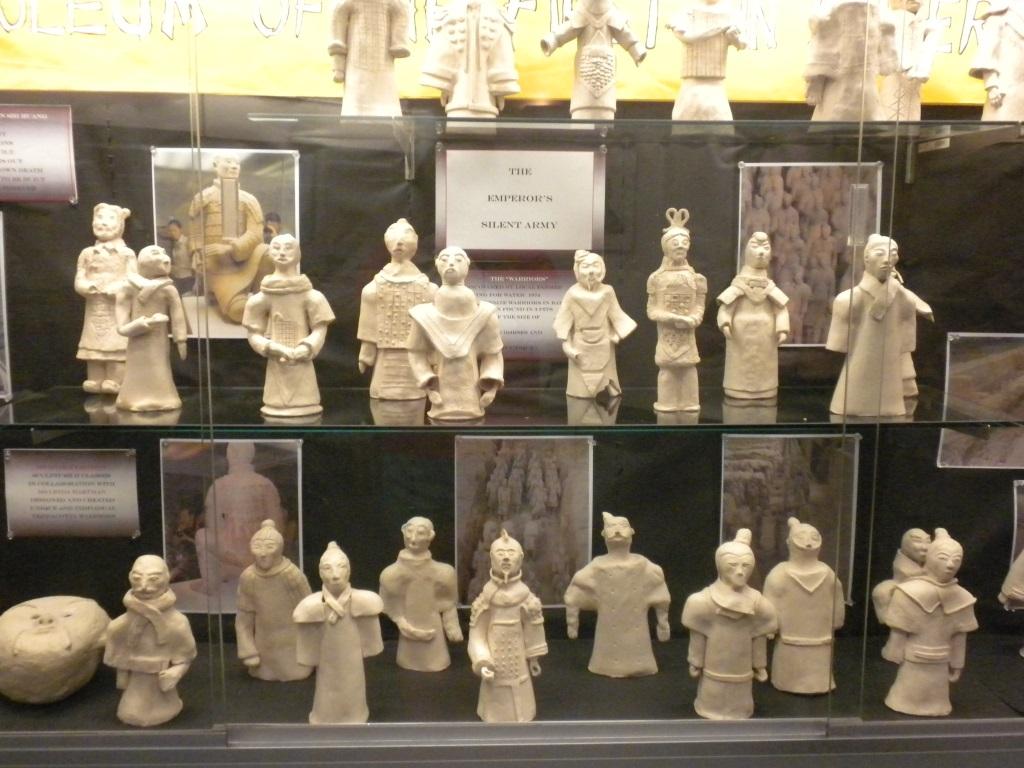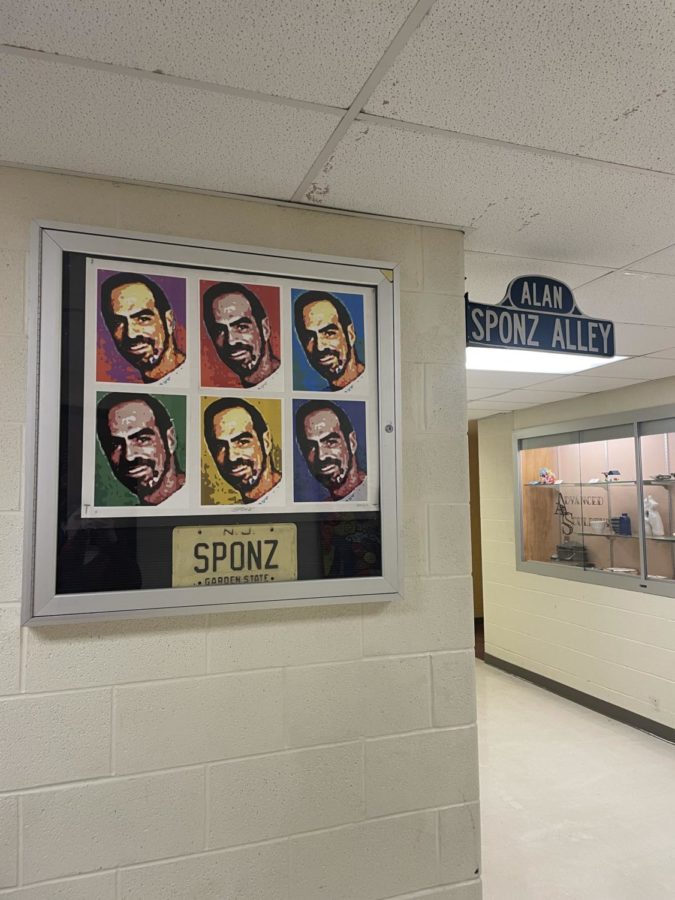Earlier this year, our school librarian, Mrs. Linda Hartman, traveled to China. During her excursion, she visited one of three ancient pits found by a Chinese farmer in 1974. As the farmer was digging his land, he discovered a single clay sculpture. As he and some other citizens from the town started searching more, they unearthed a ludicrous amount – so many that the government became involved.
It was ultimately revealed that King Qin Shi Huang, the first emperor of China, had built a terracotta army of life-size soldiers to protect him after he died. The Chinese believed that after death, they lived the same life that they had on Earth. Naturally, the emperor wanted to be protected. This was the same emperor that had the Great Wall of China built.
Thousands of years ago, the three underground pits took 12 years to erect and all of the workers who helped with it were killed once it was done. It was estimated that there were 700,000 people who contributed to the pits. There were over 8,000 soldiers, 130 chariots, 520 horses, and 150 cavalry horses.
“The first pit was half the size of Glen Rock,” says Mrs. Hartman, reflecting on her time in China. She added that the farmer who discovered the pits did not receive any type of reward or benefits because the government was involved. He was outside of the underground pits, however, offering tourists a picture and autograph for just a dollar.
When Mrs. Hartman returned, she was so impacted by her trip that she then helped Ms. Emond’s Sculpture II class get involved. They made their own ‘warriors’ from clay, which are now in a display case in the media center.
It took the students about a month to complete the sculptures. They all have different facial expressions and clothing, just like the actual terracotta warriors.
The pictures of the life-size warriors were truly amazing, yet they alone did not do them justice. To get a feel for what it was like, it is encouraged that you see the amazing student-crafted display!





